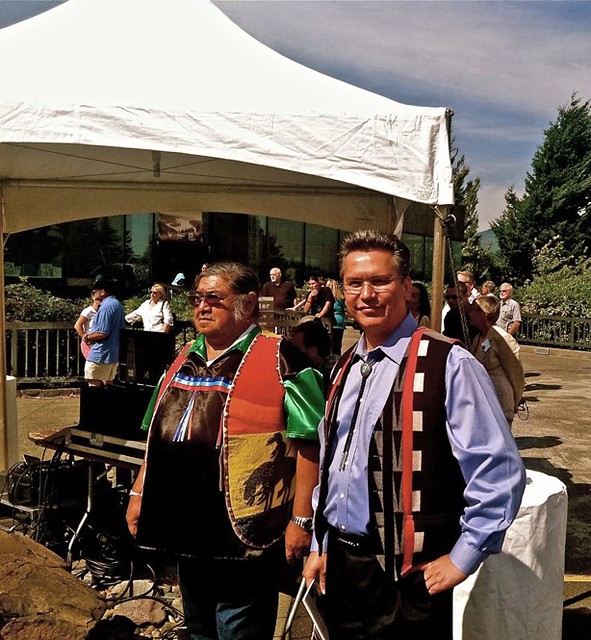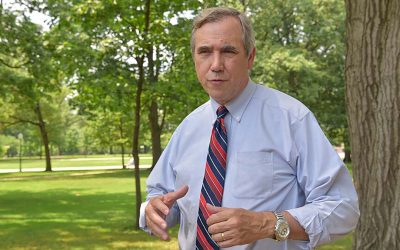In 2008, a stretch of Highway 26 went under construction to install a new turn lane about 13 miles from Government Camp. The reason for building the new turn lane, as reported by the Department of Transportation, was safety. The DOT cited previous crashes (including some fatal accidents that have occurred at the junction), and said the turn lane would allow traffic to keep moving while also protecting cars making the turn.
To make the new lane, the DOT had to cut into an easement of federal land that surrounded the junction. However, what they disregarded at the time was that this area was also a sacred Native American site that had been used for centuries as a burial site, altar, historic campground, and an area to harvest medical plants. The area that was destroyed consisted of old growth Douglas Fir trees and lay along a historic trading route for tribes in the area (in fact, US Hwy 26 runs along much of this trading route today). The burial site is known to local tribes as Ana Kwna Nchi Nchi Patat, or the “Place of Big Big Trees.”
At the time, the DOT failed to consult with local tribes, a violation of the National Historic Preservation Act as well as a violation of the tribes’ protection under the U.S. Constitution’s First Amendment and the Religious Freedom Restoration Act of 1993.
The Confederated Tribes and Bands of the Yakama Nation and the Confederated Tribes of the Grande Ronde protested this decision. They have since brought their grievances to two lower district and circuit courts, both of which dismissed the case on grounds that it was not a state or district matter since it involves federal agencies and federal land.

The plaintiffs, Logan and Wilbur Slockish (Wilbur Slockish is a hereditary chief of the Confederated Tribes and Bands of the Yakama Nation) along with Carol Logan, then brought the case to the highest court in the land, the U.S. Supreme Court in Slockish v. U.S. Department of Transportation. Just last week, on October 5th, a settlement was reached with the high court requiring the federal agencies responsible for this to aid in restoration efforts to rebuild the area. This includes a promise to plant new trees and water them for at least three years as well as restoring the stone altar. The agreement also requires the federal government to install a sign explaining why the area is of cultural significance.
This is a huge win for tribes in the area who have been seeking redress through the court system to protect their religious freedom for 15 years. The tribes will now regain access to the area and finally be able to gather and pray on their ancestral land.













